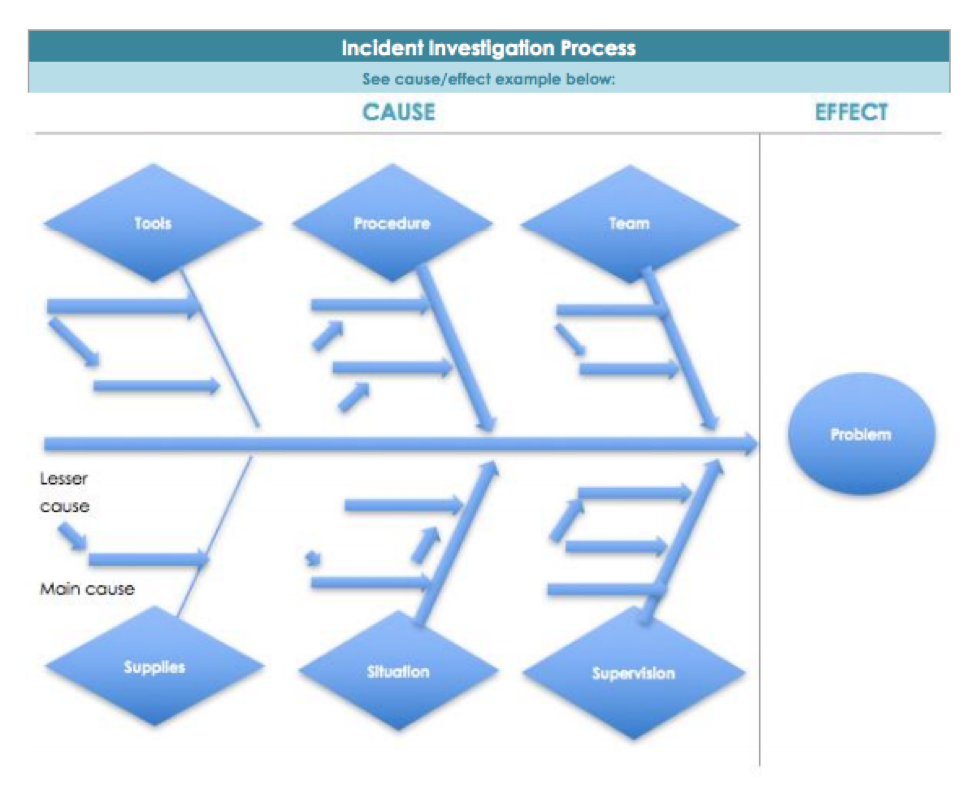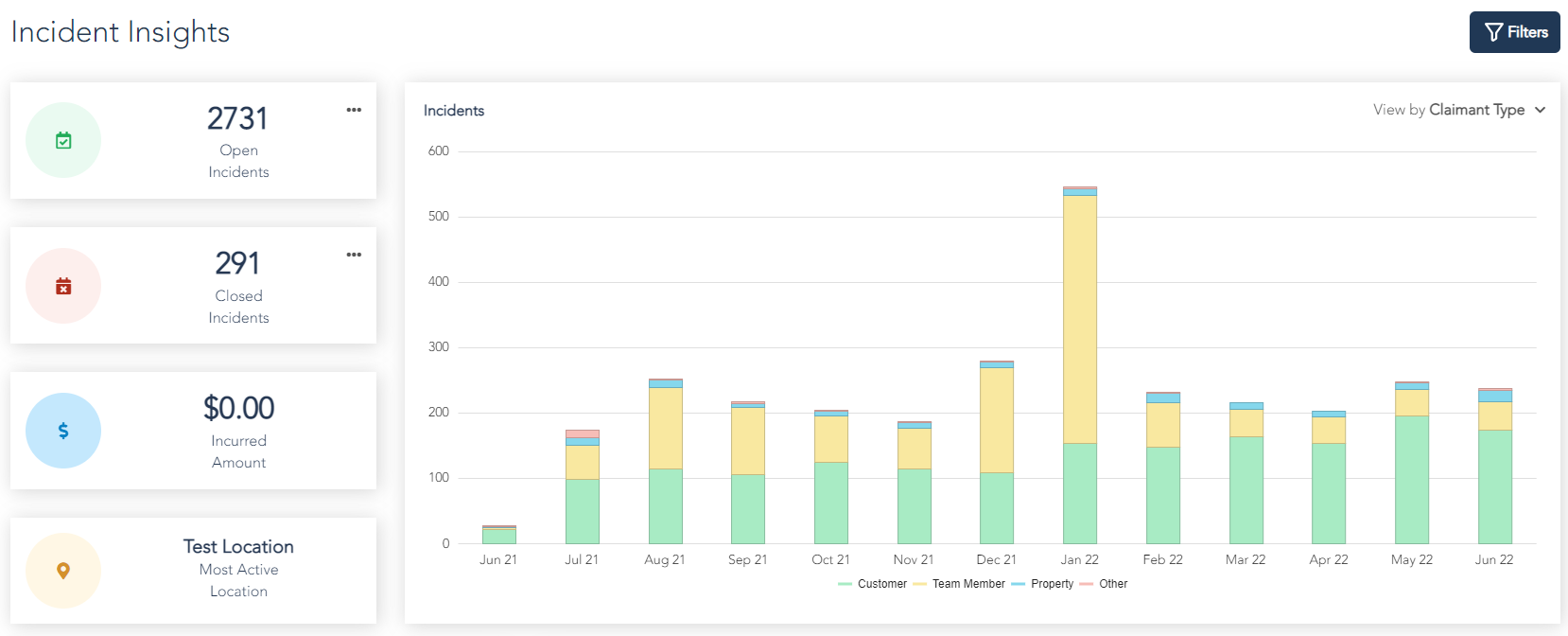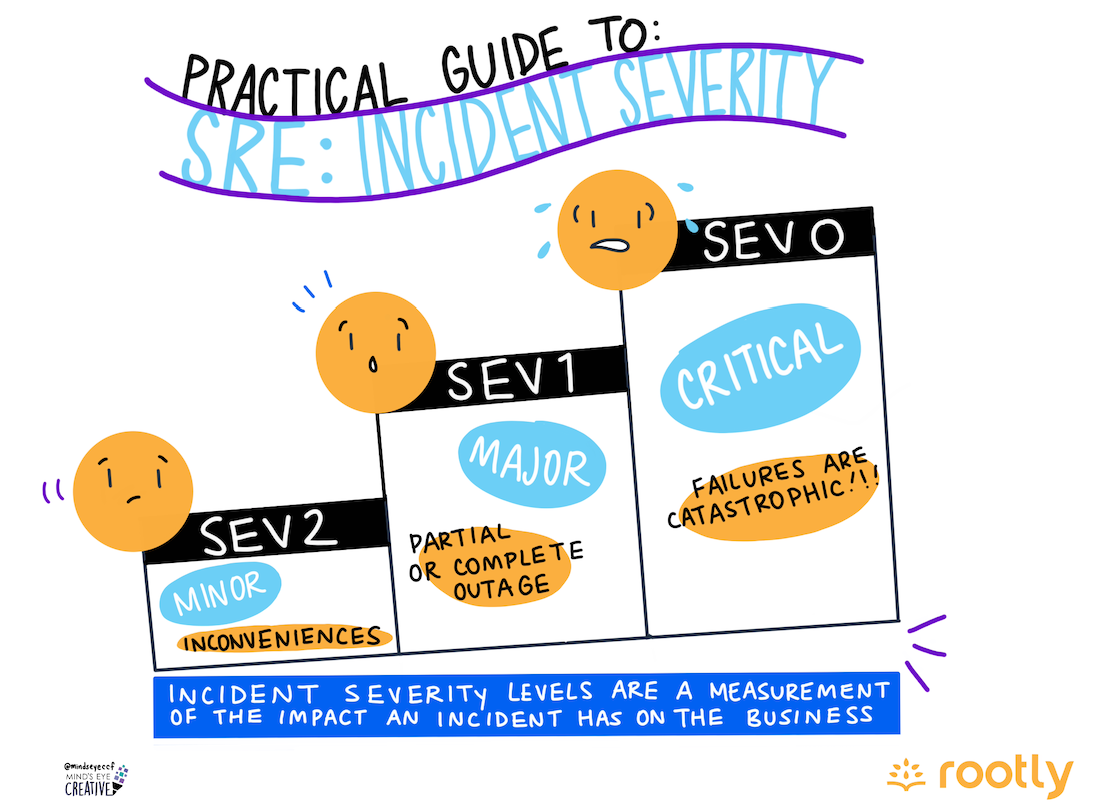In the digital age, the need for a robust cloud incident response plan has become paramount for organizations of all sizes. Whether it’s a cybersecurity breach, a data leak, or a service outage, being prepared to handle cloud incidents efficiently is crucial. In this article, we will delve into the importance of having a well-structured cloud incident response plan and outline key steps, roles, detection methods, and improvement strategies to help organizations effectively mitigate and manage cloud incidents. This comprehensive guide aims to equip readers with the knowledge and tools necessary to build and implement a proactive approach to handling cloud incidents, ensuring business continuity and data security.

Deep Dive into Understanding Cloud Incident Response
Definition and Key Concepts of Cloud Incident Response
Cloud incident response involves a structured approach to handling and managing security breaches, data leaks, or service disruptions within a cloud environment. It encompasses preemptive planning, detection, analysis, containment, and recovery strategies specific to cloud services. Understanding the nuances of cloud technologies is pivotal in effectively responding to incidents in a timely manner.
Importance of Having a Robust Cloud Incident Response Plan
A robust cloud incident response plan is essential for organizations to minimize the impact of security incidents and maintain operational resilience. It enables swift identification and containment of threats, reducing downtime and potential data loss. Proactive planning ensures that stakeholders are well-prepared to address incidents systematically, safeguarding critical assets and maintaining business continuity.
Benefits of Implementing a Cloud Incident Response Strategy
Implementing a cloud incident response strategy offers several benefits, including heightened security posture, regulatory compliance adherence, and enhanced incident handling capabilities. By proactively establishing response procedures, organizations can mitigate risks, protect sensitive data, and demonstrate a commitment to effective cyber resilience practices. A well-executed strategy empowers teams to respond decisively to incidents, thereby safeguarding the overall integrity of cloud services.

Crafting a Solid Cloud Incident Response Plan
Key Steps in Crafting a Cloud Incident Response Plan
Crafting a robust cloud incident response plan involves several key steps. Firstly, assess potential risks specific to your cloud environment. Next, define clear incident response procedures outlining actions to be taken upon detection. Conduct regular training sessions and simulations to ensure preparedness. Lastly, continuously review and update the plan to adapt to evolving threats.
Identifying Roles and Responsibilities
Designating roles and responsibilities within the incident response team is critical. Assign a Incident Response Coordinator to oversee the plan and coordinate responses. Choose team members with varied expertise such as technical specialists, legal advisers, and communication personnel. Clearly define duties and escalation paths to ensure a swift and coordinated response.
Establishing Communication Protocols and Escalation Procedures
Effective communication is vital during a cloud incident. Establish clear protocols for internal team communication and external stakeholder updates. Define escalation procedures for escalating incidents to higher management levels. Implement tools such as incident tracking systems and communication platforms to streamline information sharing and decision-making processes.

Strategies for Efficient Incident Detection and Triage
Common Methods for Detecting Cloud Incidents
Detecting cloud incidents involves utilizing various methods like intrusion detection systems (IDS), security information and event management (SIEM) tools, anomaly detection, and log analysis. These tools help monitor network traffic, system logs, and behavior patterns to swiftly identify potential threats.
Techniques for Prioritizing and Triage
Prioritizing incidents based on impact and urgency is crucial. Implementing frameworks like the Common Vulnerability Scoring System (CVSS) aids in assigning severity levels. Triage involves categorizing incidents to assess their criticality, enabling a systematic approach to incident response based on predefined criteria.
Leveraging Automation and Machine Learning
Automation plays a vital role in incident response by enabling rapid detection and response. Machine learning algorithms can enhance detection accuracy by analyzing vast amounts of data to identify patterns and anomalies, aiding in swift incident triage and response prioritization.
Incorporating these methods and technologies into your cloud incident response plan can significantly improve your organization’s ability to detect, prioritize, and effectively handle incidents in a proactive manner, ensuring enhanced security posture and minimized impact on operations.

Conducting Incident Investigations and Root Cause Analysis
Gathering Evidence and Conducting Thorough Investigations
When a cloud incident occurs, collecting evidence promptly is vital. Analyzing logs, network traffic, and system configurations helps in understanding the incident’s scope. Conducting thorough investigations aids in determining the extent of the breach or outage for effective response.
Identifying the Underlying Causes of Incidents
Uncovering the root cause of cloud incidents is crucial to prevent their recurrence. By examining vulnerabilities, misconfigurations, or human errors, organizations can identify weaknesses in their cloud infrastructure and address them proactively.
Implementing Measures to Prevent Similar Incidents in the Future
Based on root cause analysis findings, organizations can implement preventive measures like security patches, access controls, and employee training. Continuously refining incident response procedures ensures readiness to tackle future challenges and minimizes the impact of potential incidents on cloud services.
By delving deep into incident investigations and root cause analysis, organizations can strengthen their cloud incident response plan, enhancing resilience and security in the face of evolving cybersecurity threats.

Effective Communication and Stakeholder Management in Cloud Incident Response Plan
Communicating Incident Status and Updates to Stakeholders
In a cloud incident response plan, clear and timely communication with stakeholders is paramount. Providing frequent updates on the incident’s status helps stakeholders understand the situation, the actions being taken, and the potential impact on the organization. Transparency builds trust and reinforces the credibility of the response team.
Managing Expectations and Maintaining Trust
During a cloud incident, managing stakeholders’ expectations is crucial. Setting realistic timelines for resolution and keeping stakeholders informed about progress minimizes uncertainty and anxiety. Consistent updates and adherence to communication protocols help maintain trust and demonstrate a proactive approach to incident resolution.
Building Relationships for Effective Collaboration
Establishing strong relationships with key stakeholders outside of incident scenarios is vital for effective collaboration during a crisis. Building rapport, understanding each stakeholder’s role and expectations, and fostering open communication channels facilitate swift decision-making and coordinated efforts in mitigating cloud incidents. Collaboration enhances the overall effectiveness of the incident response plan.

Driving Excellence Through Continuous Improvement and Learning
Analyzing Incident Data for Insights
Analyzing incident data is crucial in identifying recurring trends and patterns, enabling organizations to proactively address vulnerabilities in their cloud incident response plan. By meticulously reviewing past incidents, teams can refine strategies, strengthen defenses, and optimize processes to minimize future risks and enhance overall response efficiency.
Enhancing Response Capabilities with Strategic Improvements
Implementing strategic improvements based on data analysis findings is essential for fortifying the cloud incident response plan. This iterative process involves updating procedures, incorporating new technologies, and refining communication channels to adapt to evolving threats effectively. Continuous enhancement ensures that the response capabilities align with the dynamic nature of cyber threats.
Testing Preparedness Through Regular Drills and Exercises
Conducting regular drills and exercises is indispensable for testing the effectiveness of the incident response plan. Simulated scenarios help validate the readiness of the response team, identify gaps in procedures, and fine-tune coordination among stakeholders. Through these proactive measures, organizations can enhance their operational resilience and readiness to address cloud incidents swiftly and decisively.
By embracing a culture of continuous improvement and learning, organizations can stay ahead in mitigating cloud incidents effectively. Analyzing incident data, implementing enhancements, and practicing response plans through drills are pivotal in fortifying the cloud incident response plan’s agility and readiness, ensuring robust protection of critical assets and data.
